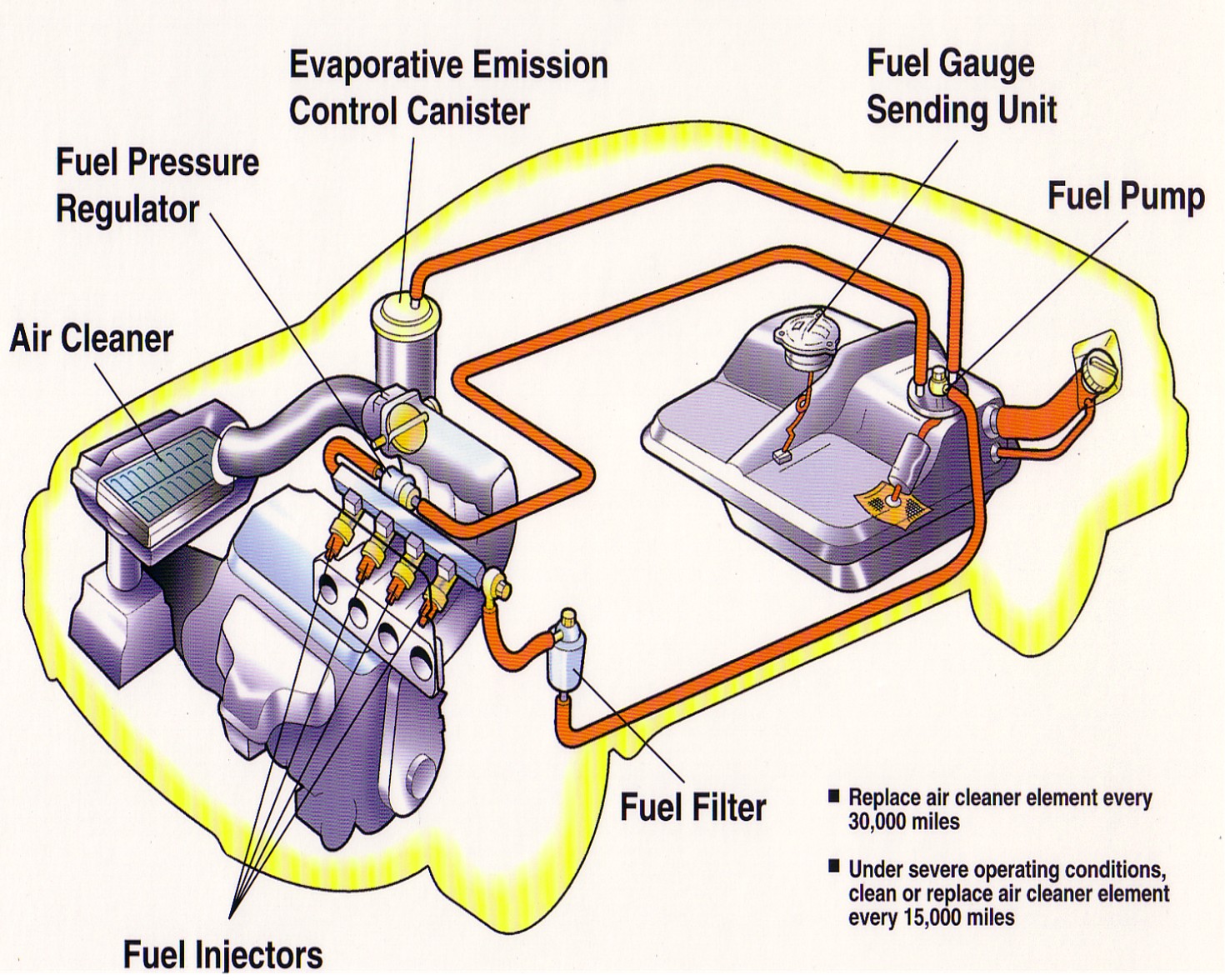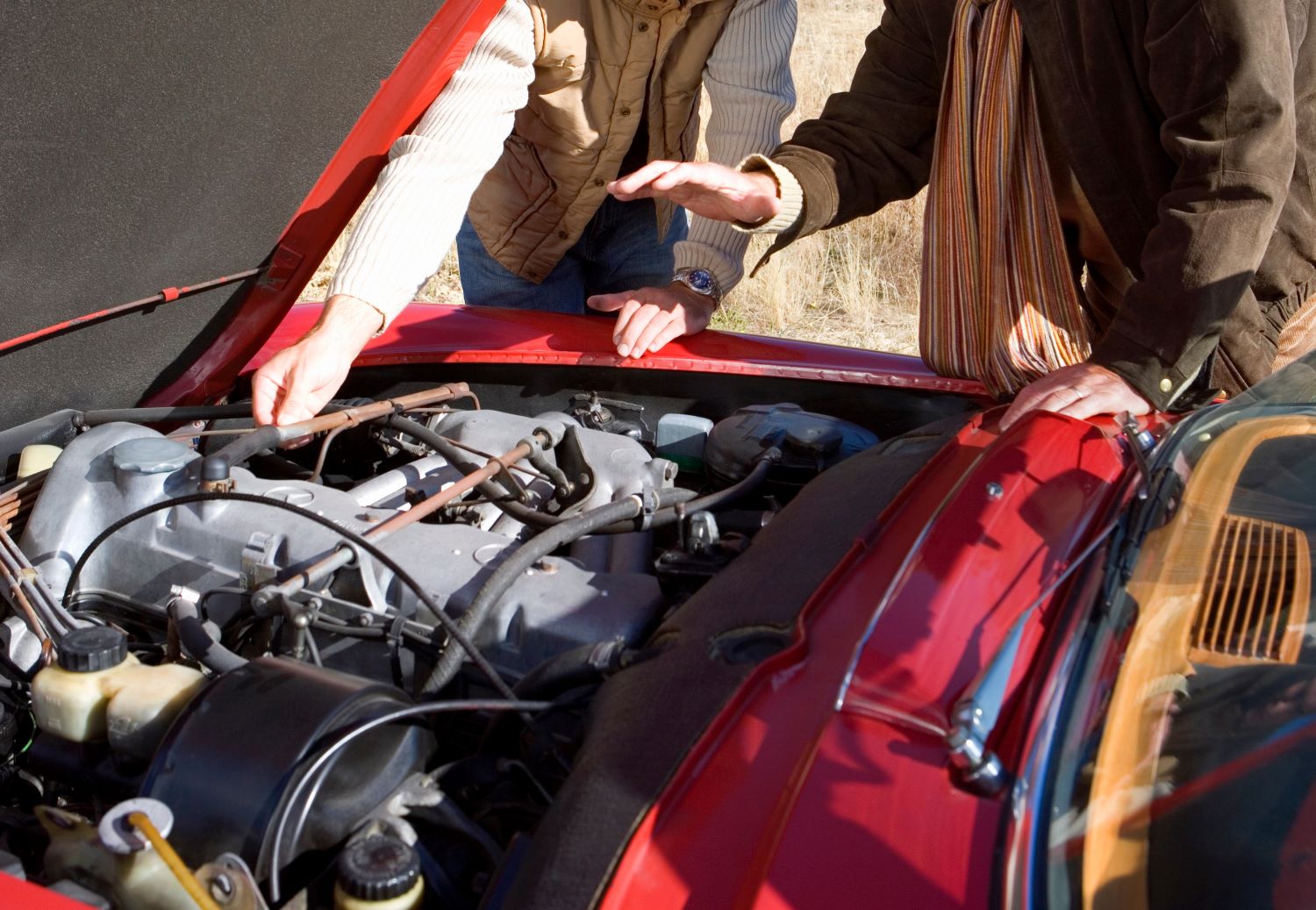Vapor Lock in Fuel Injected Engines: Understanding the Modern Challenge
Can your fuel injected engine experience vapor lock? It's a question that might surprise many car owners. While traditionally associated with carbureted engines, vapor lock, or fuel vaporization, can still pose a challenge, albeit a rarer one, in modern fuel injected vehicles. Understanding the nuances of this phenomenon in today's engines is crucial for ensuring smooth operation and avoiding potential performance hiccups, especially in hot climates.
Vapor lock essentially occurs when liquid fuel turns into vapor within the fuel system, disrupting the smooth flow of fuel to the engine. This transformation can happen anywhere along the fuel delivery pathway, from the fuel tank to the fuel injectors. In older carbureted vehicles, this vapor created air pockets that prevented fuel from reaching the engine. Fuel injection systems, however, operate at higher pressures, making them less susceptible, but not entirely immune, to this issue.
The history of vapor lock is intertwined with the development of internal combustion engines. As early automobiles relied on gravity-fed fuel systems, the problem of fuel vaporization emerged, especially in warmer weather. The transition to mechanical and later electric fuel pumps increased fuel pressure, reducing the likelihood of vapor lock. The introduction of electronic fuel injection marked a significant step towards minimizing this issue, but certain conditions can still lead to fuel vapor formation in modern vehicles.
Although less prevalent than in carbureted engines, vapor lock in fuel injected engines can manifest as difficulty starting, rough idling, or a loss of power, particularly during hot weather or after prolonged idling. Understanding the underlying causes is essential for diagnosis and prevention. High ambient temperatures, low fuel levels, and excessive heat soak in the engine compartment are among the primary factors that contribute to fuel vaporization in modern vehicles.
One of the core reasons why vapor lock is less common in fuel injected systems is the higher fuel pressure they operate under. This higher pressure raises the boiling point of the fuel, making it less likely to vaporize. However, certain factors can still create conditions conducive to vapor lock. These include blockages in the fuel lines, malfunctioning fuel pressure regulators, or excessively high fuel temperatures due to prolonged exposure to heat.
The importance of addressing potential vapor lock issues lies in maintaining optimal engine performance and fuel efficiency. Unresolved fuel vaporization can lead to decreased power output, increased fuel consumption, and potentially damage to engine components over time.
While the benefits of addressing vapor lock are inherent in avoiding the problems it causes, there are no direct "benefits" to vapor lock itself. It is a malfunction that needs to be prevented or resolved.
If you suspect vapor lock, allow the vehicle to cool down. Check for proper fuel pressure, inspect fuel lines for kinks or blockages, and ensure the fuel filter is clean. Consulting a qualified mechanic is recommended for persistent problems.
Advantages and Disadvantages of Preventing Vapor Lock
| Advantages | Disadvantages |
|---|---|
| Improved engine performance | Cost of maintenance/repairs |
| Better fuel efficiency | Time spent diagnosing and fixing |
| Prolonged engine lifespan |
Frequently Asked Questions:
1. Can vapor lock damage my fuel injected engine? While rare, prolonged and severe vapor lock can lead to engine damage.
2. Is vapor lock more common in certain types of fuel injected engines? No, but certain driving conditions, like stop-and-go traffic in hot weather, increase the risk.
3. How can I prevent vapor lock in my fuel injected car? Maintain a proper fuel level, park in shaded areas, and ensure your fuel system is properly maintained.
4. Is vapor lock covered under warranty? It depends on the specific warranty terms and the underlying cause of the vapor lock.
5. What should I do if I experience vapor lock while driving? Pull over safely, turn off the engine, and let the vehicle cool down.
6. Are there additives that can prevent vapor lock? Some fuel additives claim to reduce vaporization, but their effectiveness varies.
7. Can a faulty fuel pump cause vapor lock-like symptoms? Yes, a weak fuel pump can mimic the symptoms of vapor lock.
8. Should I be worried about vapor lock in winter? Vapor lock is far less likely to occur in cold weather.
Tips and Tricks: Regularly check your fuel system, especially during hot weather. Keeping your fuel tank at least half full can help prevent vapor lock by reducing the space available for vapor formation.
In conclusion, while vapor lock in fuel injected engines is less common than in their carbureted predecessors, it's still a potential issue that can affect vehicle performance. Understanding the factors that contribute to fuel vaporization, such as high temperatures and low fuel levels, empowers car owners to take proactive steps to prevent this problem. Regular maintenance, including fuel filter changes and inspections of the fuel system, can help mitigate the risk of vapor lock and ensure smooth, efficient engine operation. By staying informed and vigilant, drivers can enjoy trouble-free motoring even in challenging conditions, ensuring their vehicles perform at their best. Don’t let vapor lock catch you off guard; be prepared and keep your engine running smoothly.
Unlocking your fut 24 potential early with the web app
Behr exterior red paint transforming your homes curb appeal
Unlocking epic summer vacations with teens












